Many wild cat species are at high risk of becoming extinct from habitat loss, poaching, illegal wild life trade and loss of prey. Endangered wild cats include the Asiatic lion, tigers, different types of leopards, three cheetah subspecies and several small wild cats. Here is a list of endangered and critically endangered wild cats and their locations.
List of Endangered Wild Cats
Lions
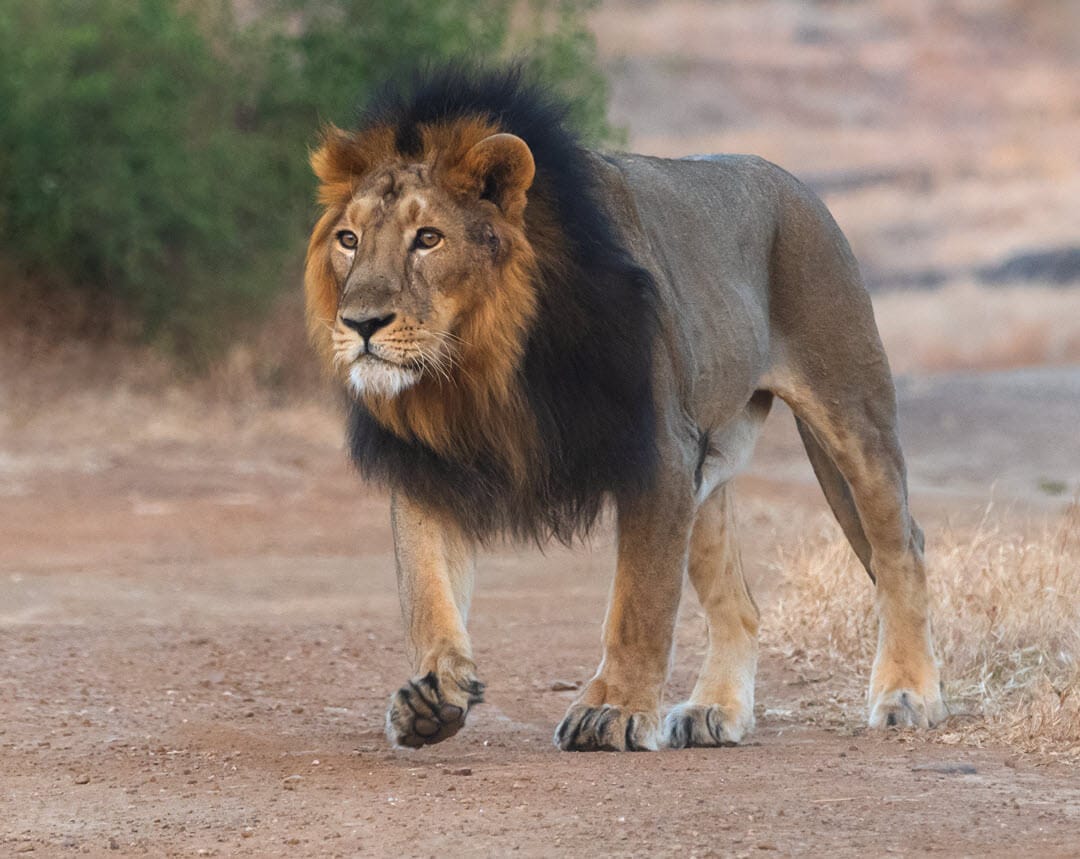
Asiatic Lion
Panthera leo leo
ENDANGERED
Found in Gir National Park, India and some surrounding areas. The number of lions has been increasing since 2010. As of 2017, the population was estimated at 650 individuals.
Tigers
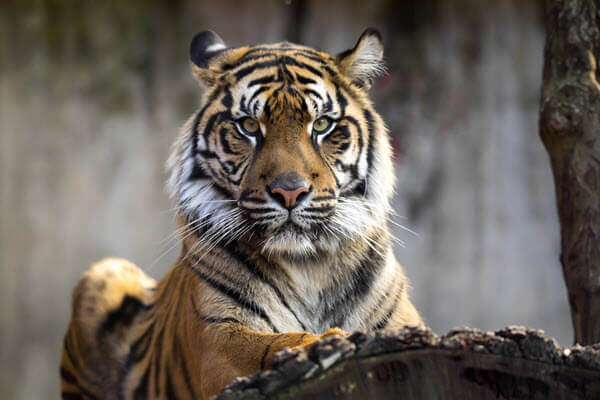
Sumatran Tiger
Panthera tigirs sondaica
ENDANGERED
It is now only found in the Sunda Islands, Indonesia. The total population as of 2017 is estimated at 300 – 600 individuals.
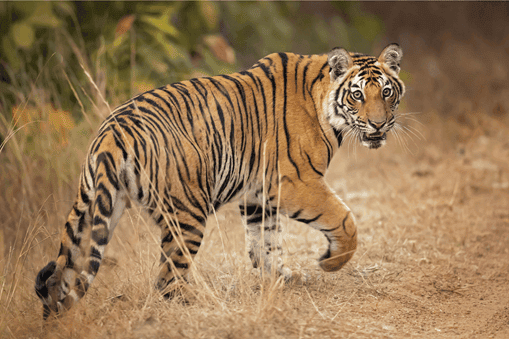
Bengal Tiger
Panthera tigris tigris
ENDANGERED & CRITICALLY ENDANGERED
The Bengal tiger is considered endangered in India, Bangladesh, Nepal, and Bhutan and critically endangered in Bangladesh and China. As of 2018, there were an estimated 2,600 to 3,300 tigers in India. In 2022, there were approximately 355 wild tigers in Nepal and 90 in Bhutan. As of 2015, Bangladesh had an estimated 300 -500 tigers.
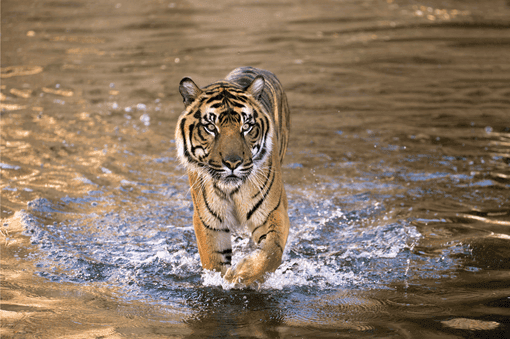
Malayan Tiger
Panthera tigris tigris
CRITICALLY ENDANGERED
Inhabits the Peninsular Malaysia. As of 2014, the population was estimated at 80 – 120 individuals.
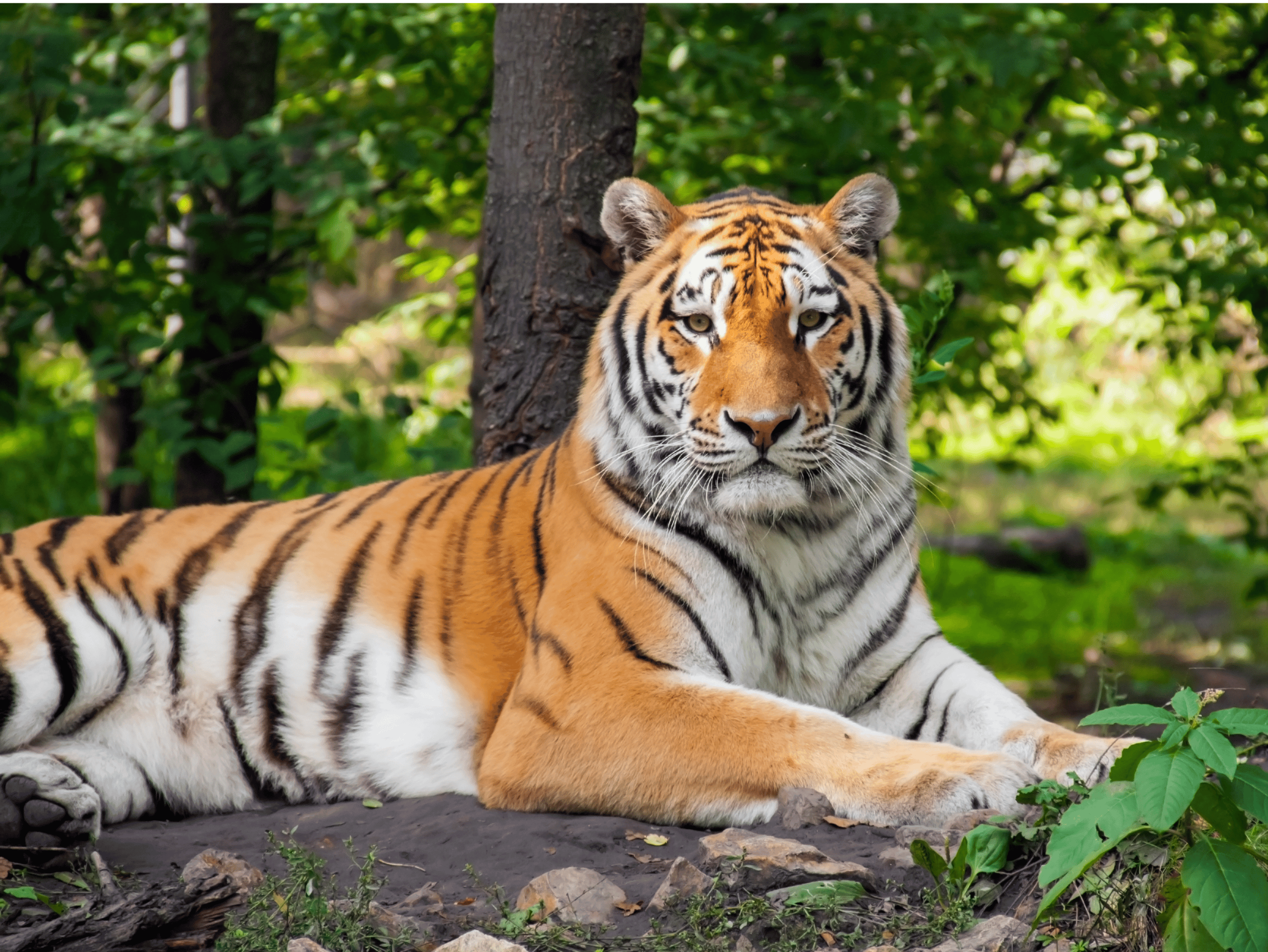
Amur (Siberian) Tiger
Panthera tigris tigris
CRITICALLY ENDANGERED
Found along the border of Russia and China. The total population as of 2014 was estimated at 35 individuals.
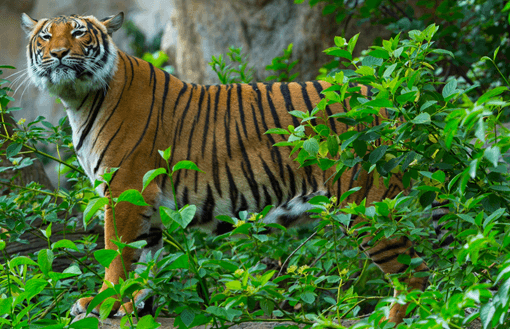
Indochinese tiger
Panthera tigris tigris
ENDANGERED & CRITICALLY ENDANGERED
It is found in Thailand, Laos (endangered), Myanmar, and Vietnam (critically endangered). As of 2011, the total population was estimated at around 340 individuals.
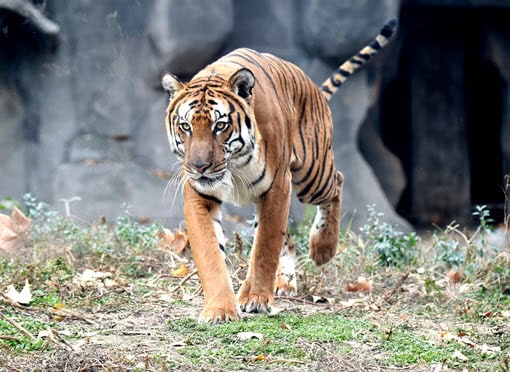
South China Tiger
Panthera tigris tigris
PROBABLY EXTINCT
Inhabits southern China. It has not been seen since the 1980s and is believed to be extinct in the wild.
Leopards
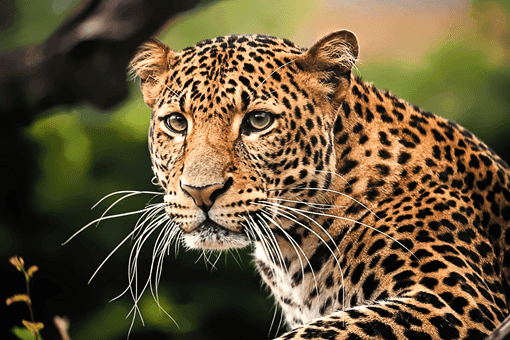
Javan leopard
Panthera pardus melas
ENDANGERED
Inhabits Java in Indonesia. Listed as endangered since 2021. Population estimated at 200 – 500 individuals in over 20 fragmented groups.
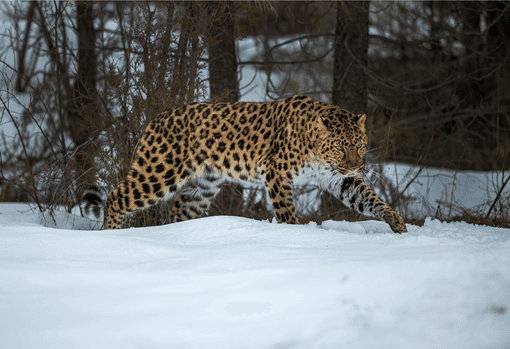
Amur leopard
Panthera pardus orientalis
CFRITICALLY ENDANGERED
Can be found in southeastern Russia and northern China. Listed as Crtically Endangered in 2007, with a poplution of only 19 – 26 leopards still alive in the wild.
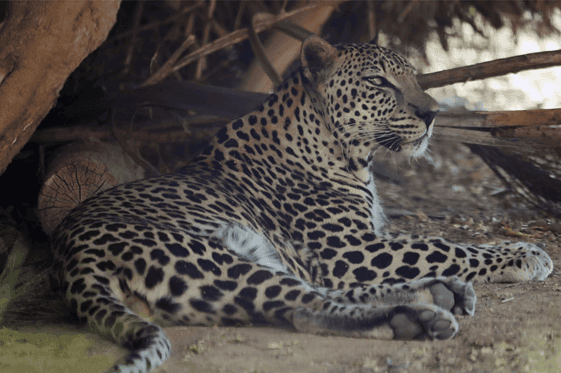
Arabian leopard
Panthera pardus nimr
CRITICALLY ENDANGERED
Found in OMan and Yemen in the Middle East. It is estimated that the current population of the Arabian leopard is only 100 -120 individuals.
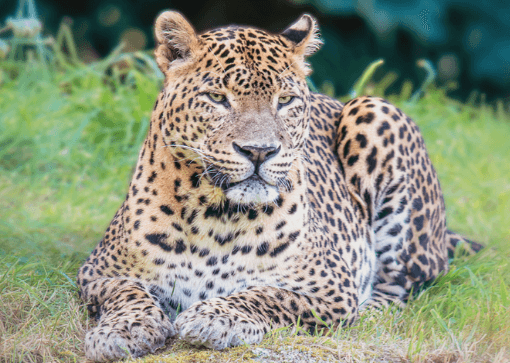
Indochinese leopard
Panthera pardus delacouri
CRTICALLY ENDANGERED
Located in Southeast Asia and southern China. Population estimates as of 2019 are between 70 to 800.
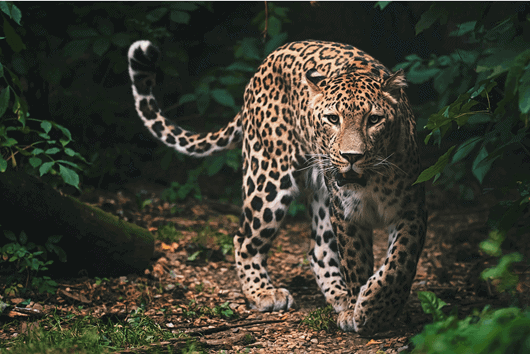
Anatolian (Persian) leopard
Panthera pardus tulliana
ENDANGERED
Inhabits the Iranian Plateau which spans parts of Central, South and West Asia. The current population is estimated at leass than 1,100 adults.
Cheetahs
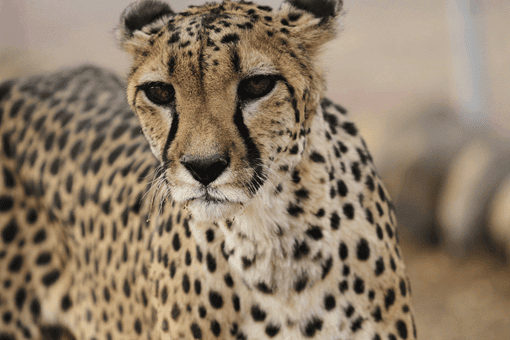
Asiatic Cheetah
Acinonyx jubatus venaticus
CRITICALLY ENDANGERED
Can only be found in Iran. Population count as of 2022: 12
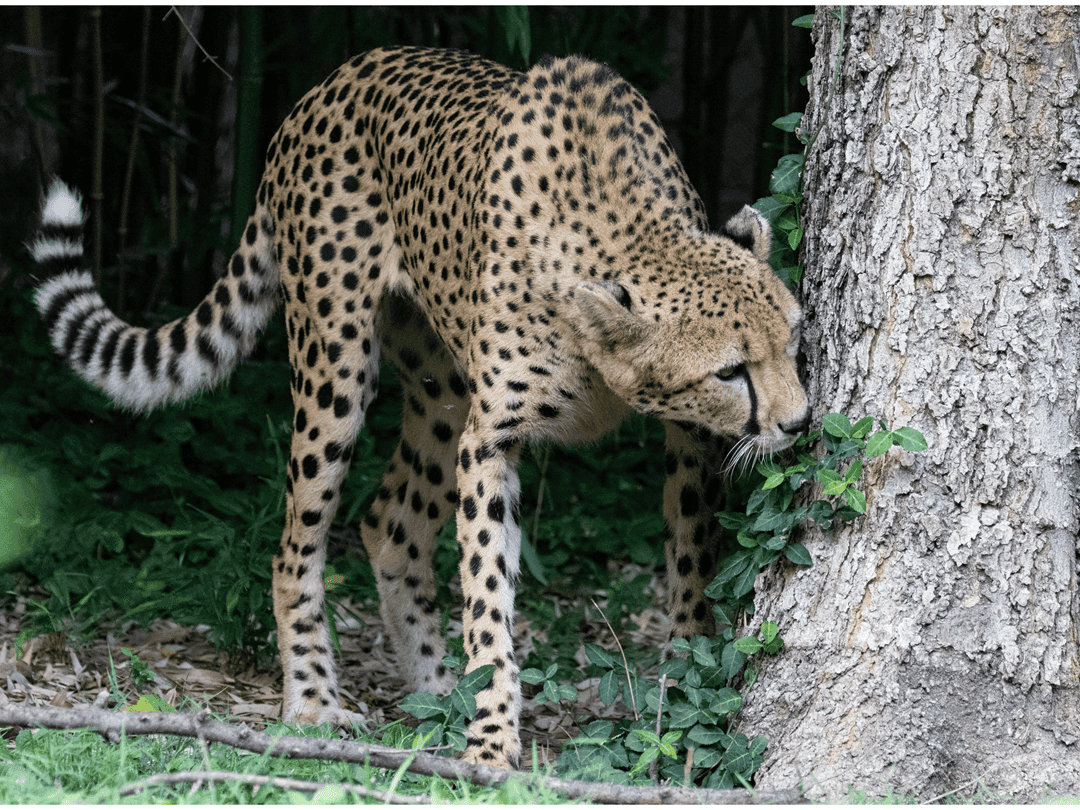
Northwest African Cheetah
Acinonyx jubatus hecki
CRITICALLY ENDANGERED
Found in Algeria, Benin, Burkina Faso, Mali and Niger. Population count as of 2016: 191
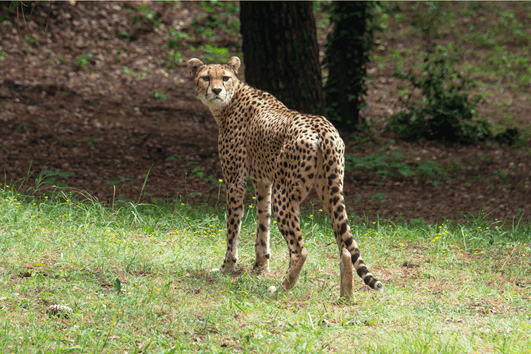
Northeast African Cheetah
Acinonyx jubatus soemmeringii
ENDANGERED
Found in the northern part of the Central African Republic, Chad, Ethiopia and South Sudan. Population count as of 2016: 238
Small Wild Cats
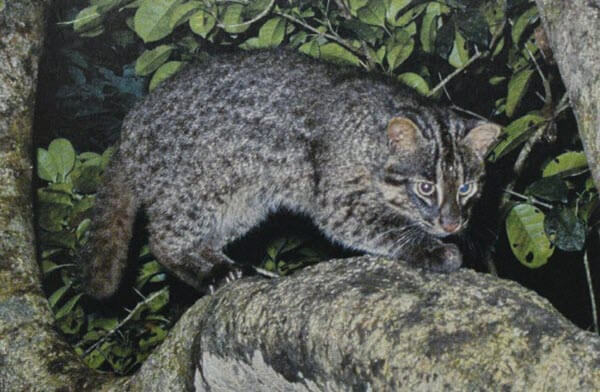
Iriomote Cat
Prionailurus bengalensis ssp. Iriomotensis
CRITICALLY ENDANGERED
found on Japan’s Iriomote island, with a population of 100 – 109 as of 2007.
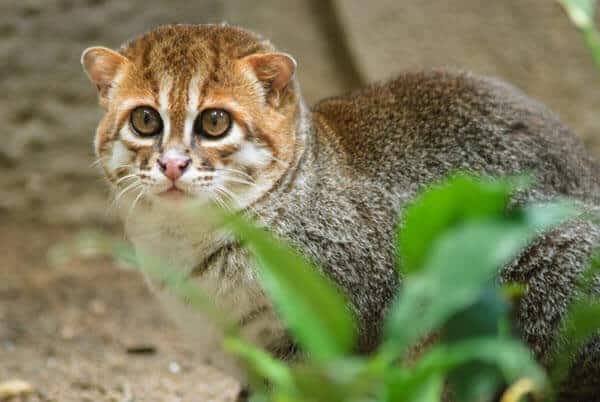
Flat-headed cat
Prionailurus planiceps
ENDANGERED
Inhabits Thailand, Peninsular Malaysia, Sumatra and Borneo. Population status of of 2014 was 2,500.

Borneo Bay Cat
Catopuma badia
ENDANGERED
Inhabits the Island of Borneo. Listed as endangered since 2002 with a population estimated at less than 2,000 individuals.
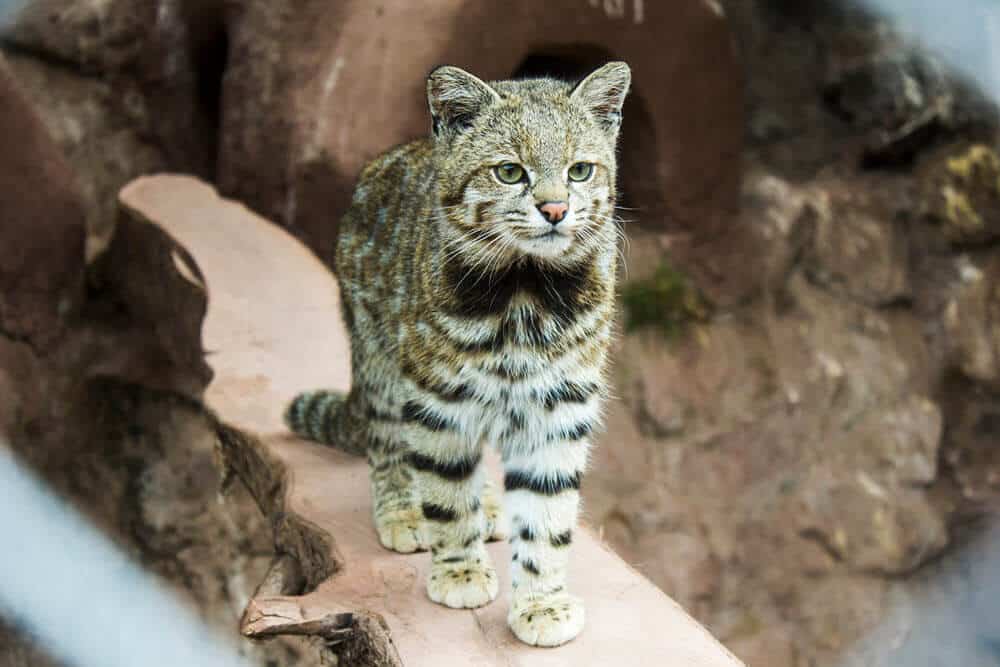
Andean Mountain Cat
Leopardus jacobita
ENDANGERED
Can be found in the Andean mountains – Argentina, Chile and Bolivia. The current population is estimated at less than 1,500 individuals.
How Endangered Species are Classified
The International Union for Conservation of Nature (IUCN) is a worldwide organization founded in 1948. It maintains and publishes the IUCN Red List of Threatened Species, a detailed list of the conservation status of thousands of biological species on this planet, including wild cats.
Classification categories include:
- Extinct
- Extinct in the Wild
- Critically Endangered
- Endangered
- Vulnerable
- Lower Risk
- Data Deficient
- Not Applicable
- Not Evaluated
Conservation Status Definitions
Critically Endangered
A wild cat is considered critically endangered when it faces an extremely high risk of extinction in the immediate future, and at least 80% of the population has been reduced over the past ten years. This is determined by several factors, including direct observation, the total number of wild cats considered appropriate for the species, and a decline in the number of wild cats living in a particular area.
A Critically Endangered species has experienced a loss in population of 80% or more over the past ten years or the past three generations, whichever period is longer. Critically Endangered can also mean an 80% population reduction expected to occur in the next ten years (or the next three generations). A species can also be labeled Critically Endangered if it has become highly fragmented (living in scattered locations or even a single location). Other criteria that are used include:
- A population of less than 250 mature individuals with an expected continuing decline of 25% over the next three years (or one generation) and severely fragmented or living in a single location.
- A population of less than 50 mature individuals
- There is a 50% chance of extinction within the next ten years or three generations.
Endangered
A wild cat species is considered endangered when it is at a high risk of extinction in the near future, and there has been a 50% reduction in the species population over the past ten years. A wild cat is listed as Endangered by the IUCN based on several criteria, including direction observation, how many wild cats are considered appropriate for the species, and a reduction in the number of wild cats living in an area. When a wild cat is labeled Endangered, that species or subspecies has less than 2500 mature individuals in existence.
A species is listed as Endangered when there is a high risk of extinction with a population reduction of at least 50% over the next ten years or three generations; the species’ population is severely fragmented and can only be found in no more than 5 locations. Other criteria can include:
- The population has less than 2500 mature individuals with an expected decline of 20% within five years or two generations; the population is fragmented, or the species only lives in one location.
- There are less than 250 mature individuals
- There is a 20% chance of extinction within 25 years or five generations.
IMPORTANT: When a species has been listed as Critically Endangered or Endangered, it is at high risk for extinction in the future.
Vulnerable
When a wild cat has been labeled vulnerable, it is considered threatened with extinction unless the situation causing the threat has improved. Some of the criteria used to determine vulnerability include
- A 50% population reduction over the last ten years or three generations
- Habitat loss/fragmentation
- A population estimated at fewer than 10,000 mature individuals and declining,
- A population of less than 1,000 mature individuals or small population restricted to certain areas
- A 10% probability of extinction in the wild within 100 years.
Protection of Endangered Wild Cats
Wild cat habitat is rapidly decreasing across the planet, with some species losing as much as 90% of their former range. Habitat loss and fragmentation, illegal hunting and trade, loss of prey, and human conflict are critical factors in declining wild cat populations.
Conservation solutions include more effective legislation to protect wild cats, building and maintaining wildlife corridors, and increasing protected areas. Read more about conservation problems and solutions below.

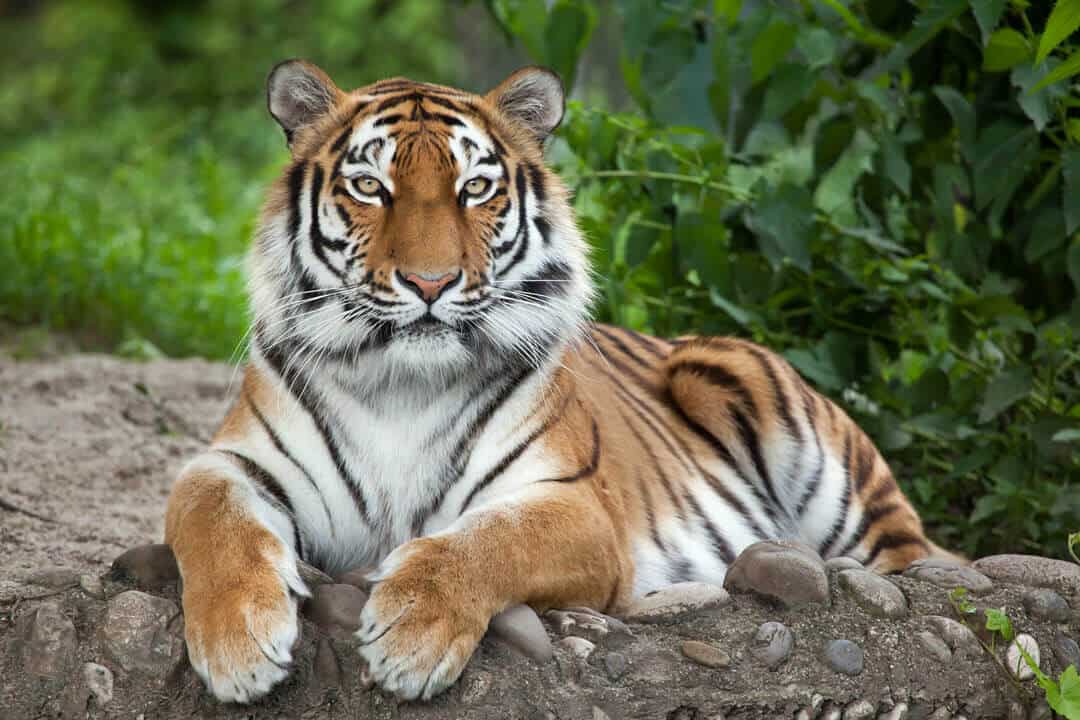

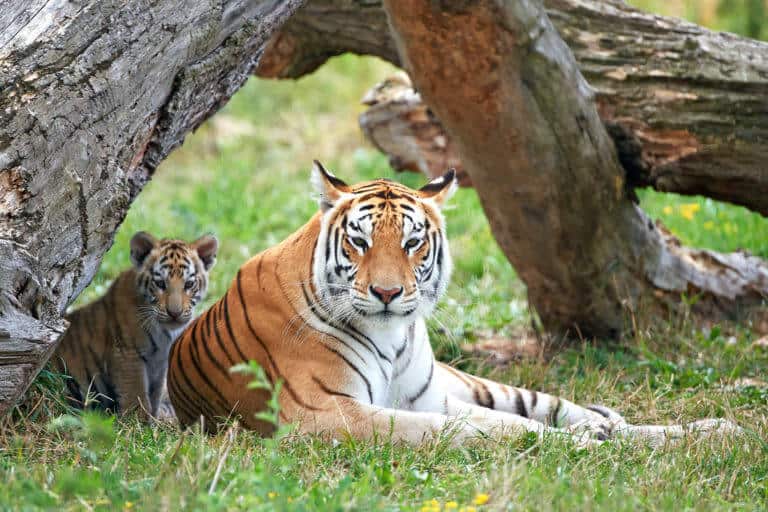
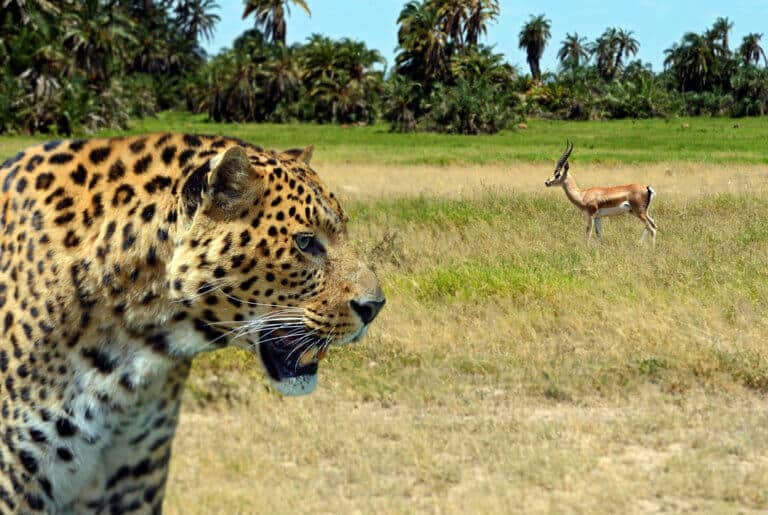
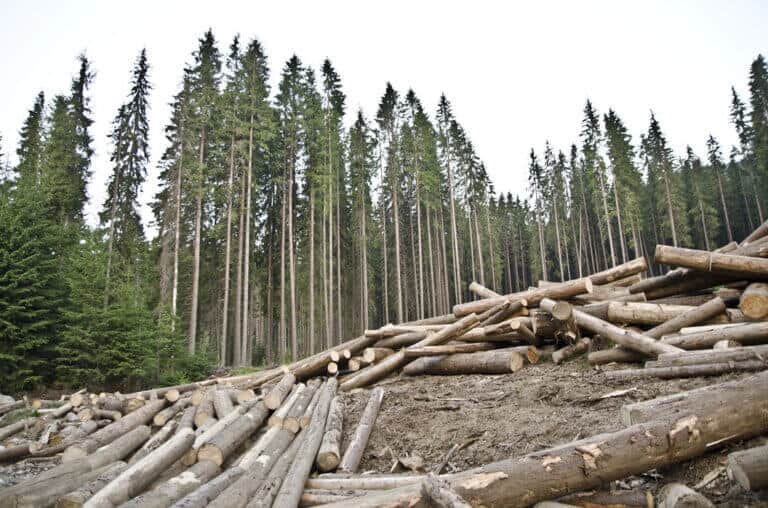
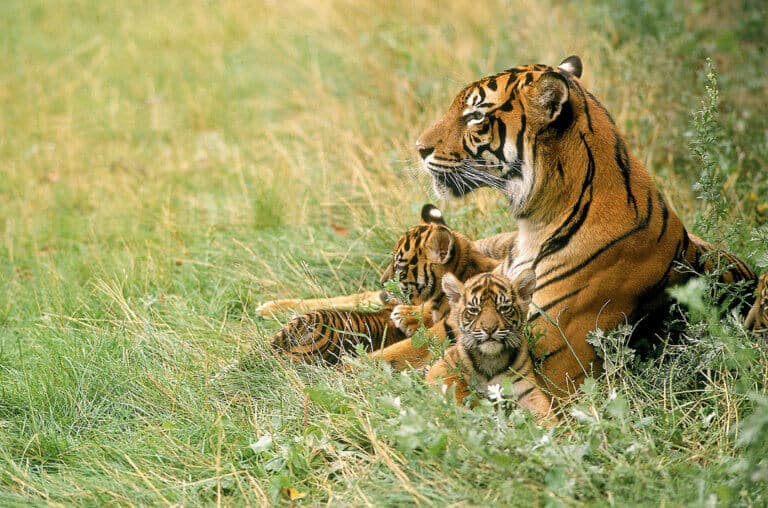
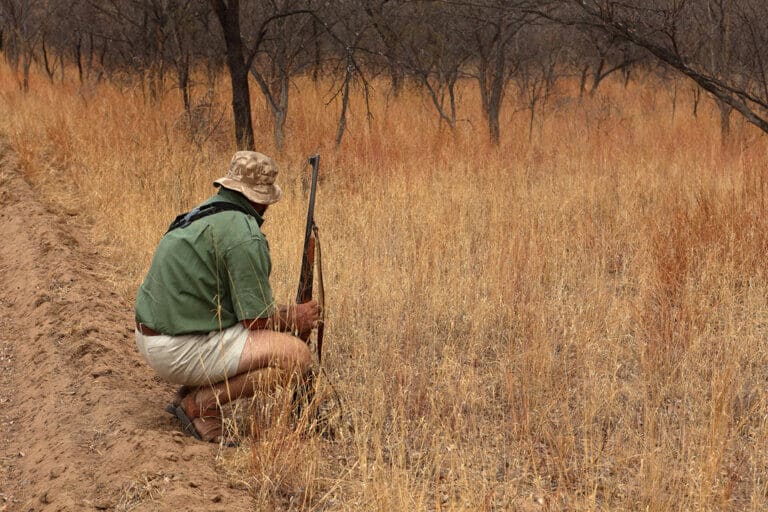
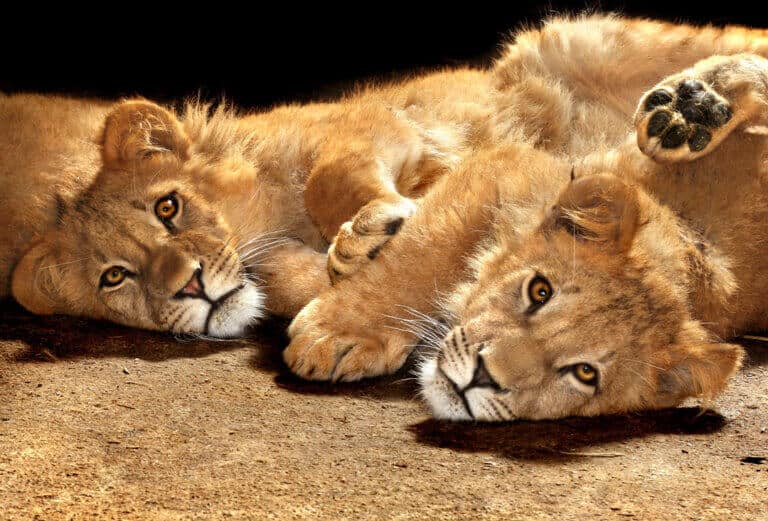
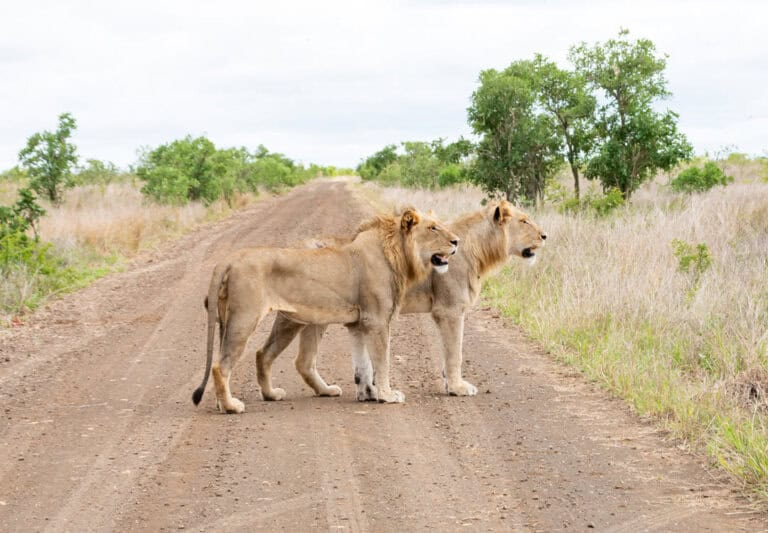
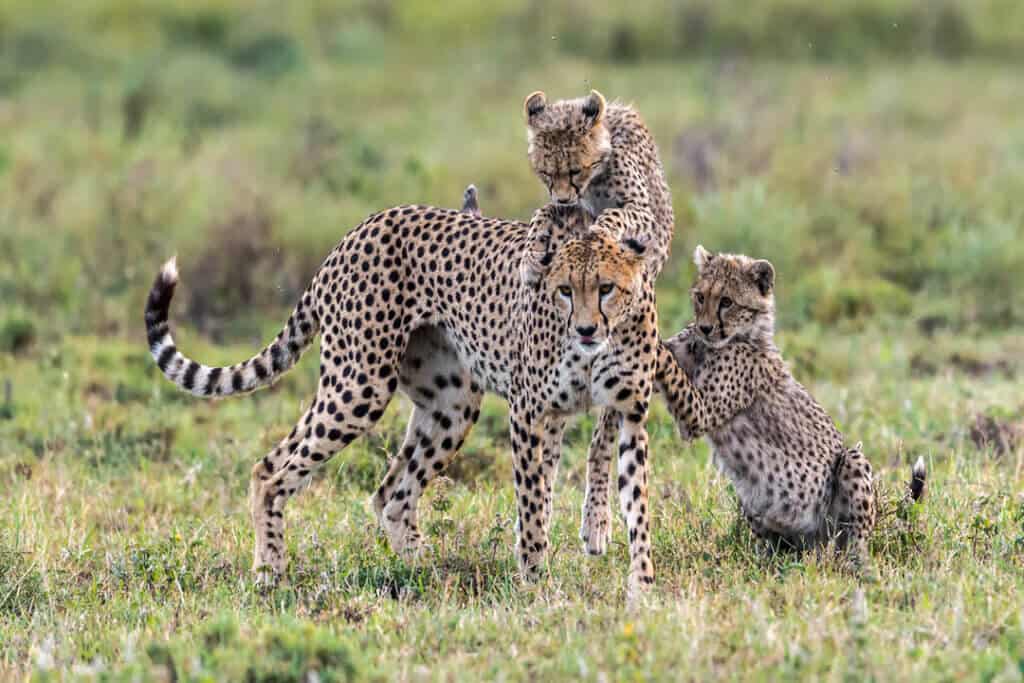


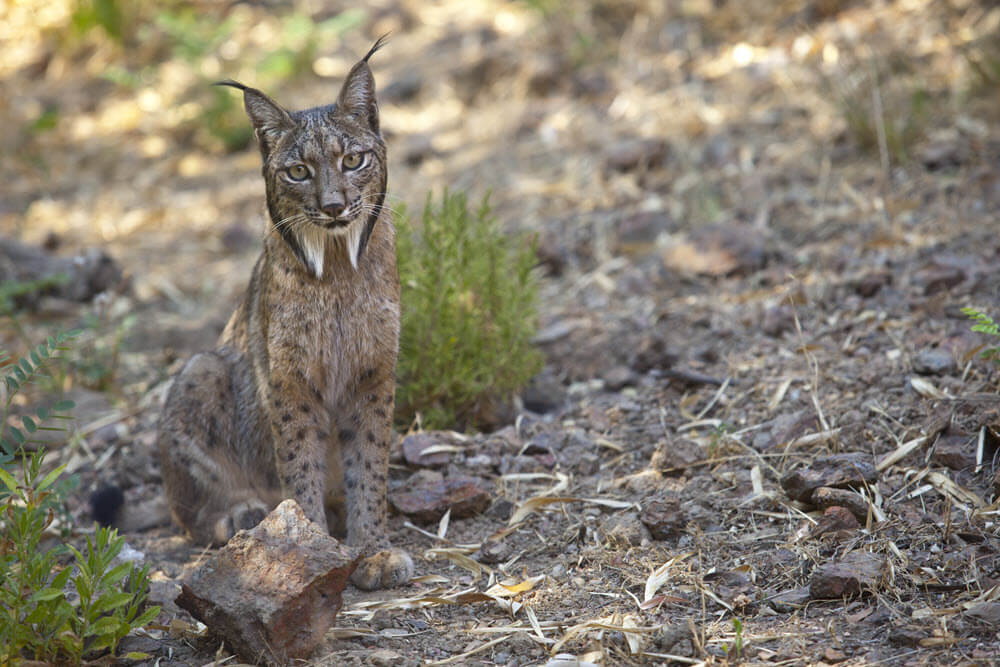
0 Comments